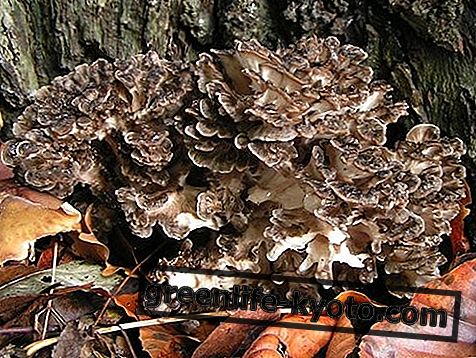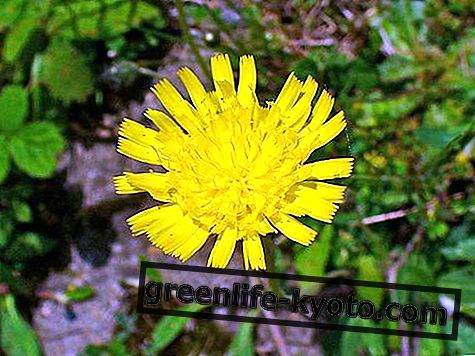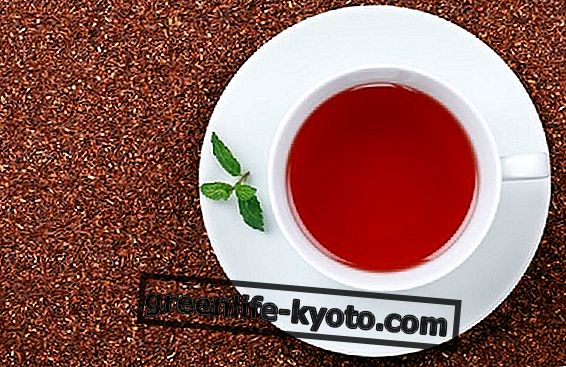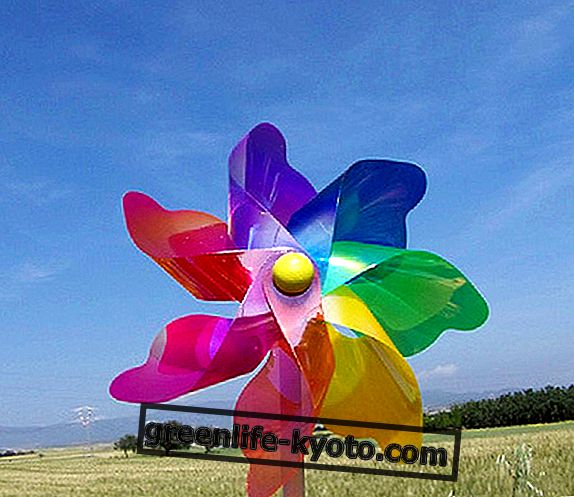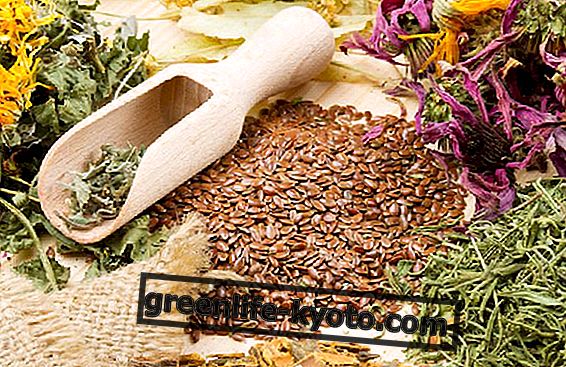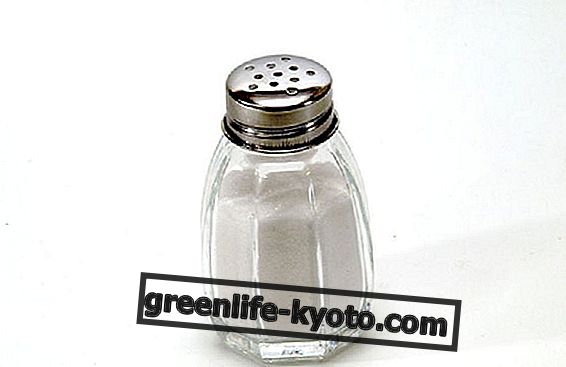
Therapeutic gardens in Italy are a reality that is growing and developing in recent years: more and more hospitals, day centers and nursing homes are starting to create their green areas for therapeutic purposes .
The origins of these green areas, designed to help healing, can be traced to the Anglo-Saxon countries where they are called Healing Gardens .
Studies in the field of wellness offered by therapeutic gardens tell us that plants help in many fields, from the purely physical to the intellectual and psychological, from the sensory to the emotional.
Design of therapeutic gardens
The design team is made up of experts in agronomy and gardening, design and botany, environmental education and sociology : in every area, care is needed, technical and practical preparation to create areas that can also be used by patients with walking problems, in wheelchairs or with others issues.
Furthermore the walkways and green areas are tailored to the different needs of the users; for example, the presence of a water source is essential, a symbol of life, or circular paths and walkways without hidden areas in order to better develop a safe overall view and a sense of tranquility in seeing the road ahead free of obstacles.
The five senses in therapeutic gardens
The therapeutic gardens particularly stimulate all 5 senses: touch, sight, hearing, taste and smell. This call and this sometimes even contemporary activation of the multiple senses awakens feelings of well-being and a strong sense of union with the natural world .
This also triggers the production of endorphins and endogenous substances that in the body lead to physical well-being and feelings of joy given by being in the garden and in contact with nature.
Furthermore, the activation of the five senses develops and brings to mind its own experiences and memories that for some patients and especially for older people are positive stimuli and are positive anchors of one's life story that still resurfacing in memory bring a feeling of wellbeing .
In the therapeutic gardens the design is precisely structured to have the greatest possibility of stimulation for the 5 senses and areas specifically created for the development of touch or taste or smell are created .
A typical therapeutic garden, for example, contains the bed of aromatic plants. These plants are very particular and moreover well adaptable to different contexts, and above all they can with their colors, with their perfume and with their taste activate the senses of those who frequent the therapeutic garden.
Do you know the health benefits of orthotherapy?
Green: color of well-being
Each color has its own frequency in the color spectrum and each of them represents different moods and sensations. According to the chromoarmony and the use of colors to achieve a psycho-physical well-being, each color is able to give us its own quality and to awaken in us a certain state of mind.
In the case of therapeutic gardens, the color that helps to bring well-being is the greenery of plants and lawns, as it transmits serenity, tranquility and balance .
The studies even show that the view of the green color lowers the heart beats giving a sense of calm and peace useful against all the relieved illnesses thanks to the walks in the therapeutic gardens.
The capacities of:
- reduce and mitigate the attention deficit and hyperactivity syndromes (therefore excellent for children);
- lift the mood and calm the mood in cases of depression;
- accelerate healing time, especially following surgery or episodes related to traumatic events;
- support and help in Alzheimer's disease or other senile and degenerative diseases;
- to control the symptoms of diabetes and to regulate food-related syndromes;
- relax, calm and improve the immune system.
Furthermore the therapeutic gardens help socialization and involvement also through taking care of the plants themselves.
Practical gardening and horticulture activities can also improve balance, pressure, muscular strength and dexterity as well as giving a sense of satisfaction that comes from seeing one's work bloom in a flower or in the harvest of a fruit .
Even the city's green walls have their therapeutic value: find out which one
Where and to whom does a therapeutic garden serve?
Hospitals and socio-health facilities, therapeutic or wellness centers are the first to think about creating a therapeutic garden.
It is the patients and users who visit the facilities themselves who use them, as well as visitors and families who visit their relatives and friends.
Moreover, even the same staff of the structures can use these green areas to take a break and return more serene to a job that requires a great physical, psychological and emotional commitment precisely for the care of their patients.
For all users (patients, users, family members, staff) there are beneficial effects because there is a lowering of stress, reduction of the costs of care, activation of interests and autonomy of patients and above all the mood and quality of life result much better when you can enjoy a therapeutic garden.
Other spaces for therapeutic gardens could be day centers, nursing homes and centers for the elderly, but also public or private facilities that take care of children and adolescents.
Even commercial companies could benefit from creating a structured green space for their employees that is able to give moments of relaxation, a sense of sharing and socialization and a meeting place and activity that makes everyone feel better by increasing the profits of the company. .
A curiosity: in the earth a friend who gives well-being
It may seem strange to you but it has been documented that in the earth there is a type of bacterium called Mycobacterium vaccae that has the ability to stimulate the production of serotonin, the happiness hormone .
The people who work and attend the therapeutic gardens come into contact with this little friend who helps to bring feelings of well-being and relaxation to life inside the green areas.

